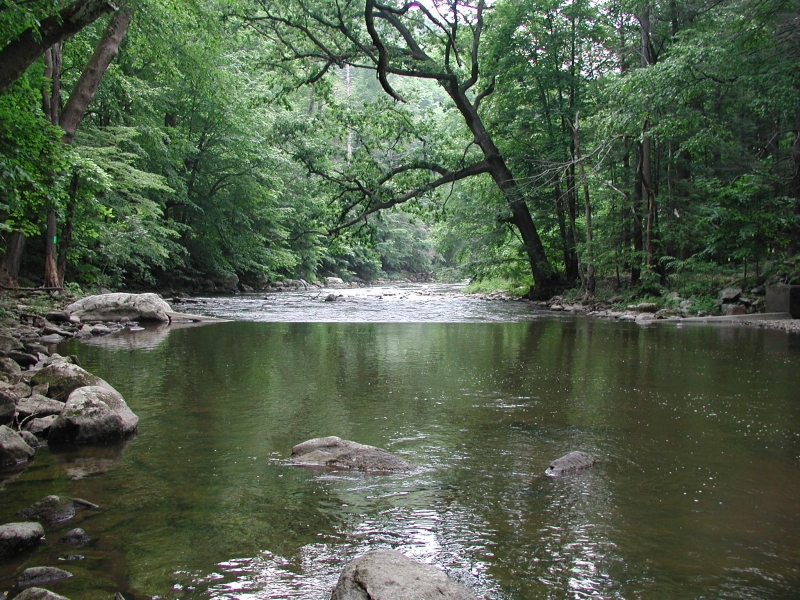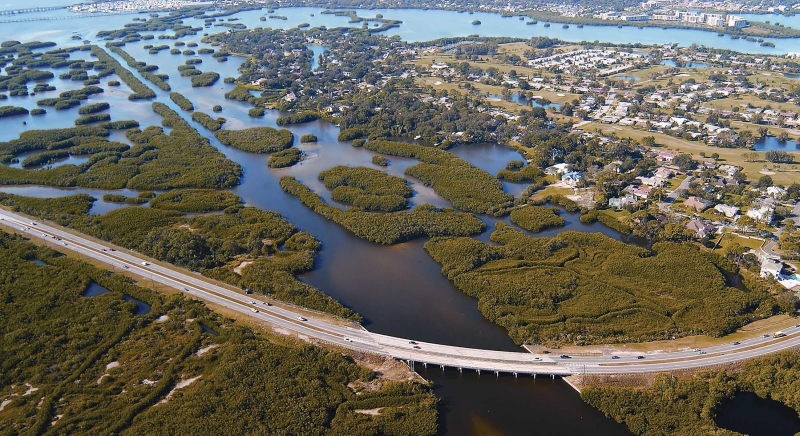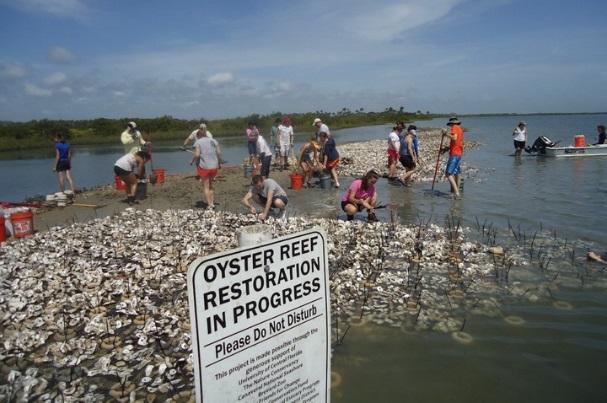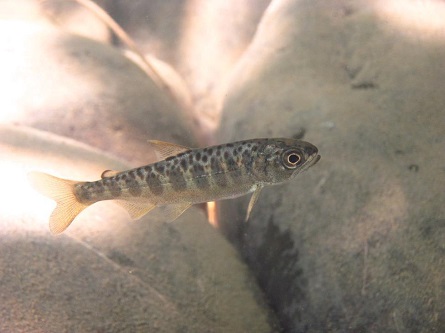During National Water Quality Month, NOAA’s Office of Response and Restoration shares some of the ways we preserve and improve water quality through cleanup and restoration.

NOAA’s Office of Response and Restoration develops scientific solutions to keep the coasts clean from threats of oil, hazardous waste, and marine debris — all of which are major pollutants that can hugely affect the water quality of our coastal natural resources. From our coastal shorelines and open seas, to the Great Lakes and contributing bodies of water throughout the nation, OR&R plays an important role in keeping these waterways clean.
During an incident, such as an oil or chemical spill, OR&R’s role is frequently to assist in the cleanup. First and foremost, OR&R takes a look at the type and amount of the contaminant and the natural resources it poses a risk to — weighing the pros and cons for various cleanup activities. In some cases, cleanup may not even be necessary or may cause further damage to the resources at risk. But that doesn’t always mean the water quality will recover on its own. That’s why following up on an incident is an important step in determining whether or not restoration is needed to return the ecosystem to its baseline.
When an oil spill happens in a marsh area, the best response action is often to do nothing at all, as human-led cleanup operations can further damage the marsh. Marshes are incredibly productive habitats that act as nurseries for many juvenile organisms and whose large amounts of decaying plant material are the base of a complex food web. They also provide other important ecological services like storm surge protection and shoreline stabilization and water quality improvement. Although not doing cleanup operations may be the best move to protect the marsh area, the oil could still do damage over time — lessening the productivity of the marsh and the benefits, such as improved water quality, that it provides.
In some cases, the pollution may have happened sometime ago and cleanup may no longer be an option, though the contaminants and their effects may still linger in the ecosystem. Such is often the case with historic industrial pollution and, again, restoration can swoop in to save the day even when the problem is beyond remediation.
So what type of restoration supports improved water quality? The answer is, a lot of different projects can help with water quality, oftentimes simply by improving another natural resource. Because ecosystems are the big picture made up of millions of smaller pieces, sometimes all it takes is one piece of the puzzle to bring that picture back into focus.
So here are a few examples of how OR&R uses restoration to improve water quality:
Living Shorelines

A living shoreline is a restoration technique that provides shoreline stabilization, improved water quality, and a wide array of other benefits. By incorporating vegetation or other living, natural “soft” elements alone or in combination with some type of harder shoreline structure, living shorelines maintain continuity of the natural land-water interface and reduce erosion while providing habitat value and enhancing coastal resilience. So what does a living shoreline look like? Unlike concrete or other hard materials that can interfere with the growth of plants and wildlife, a living shoreline is made of natural materials such as plants, sand, or rock — even living resources such as oyster reefs!
Oyster Reefs

Though technically a living shoreline feature, these molluscs can pack quite a wallop when it comes to clean water recovery, and are therefore worth their own shout-out. While oysters are typically employed as a “hard” element to help stabilize the new shoreline, they have an added benefit in that they also clean the water by filtering it. Did you know, a single oyster can filter more than 75 gallons of water a day? This shoreline technique was used among a host of other restoration projects on the Delaware River following the Athos I oil spill in 2004. Incorporating oyster reefs into the shoreline of the Delaware not only improved water quality and created habitat for oysters and other reef dwellers, it also boosted the local economy during the reef building.
Fish-Friendly Habitat

Fish need quality water to survive, just like we do. These aquatic animals are highly sensitive to oil and chemicals, particularly those that linger in the sediment and even in the fish themselves, such as PCBs (polychlorinated biphenyls) and DDT (dichlorodiphenyltrichloroethan
To check out some of NOAA’s restoration projects that help improve water quality and a host of other benefits, you can “Explore Projects” on the Damage Assessment, Remediation, and Restoration Program website.
